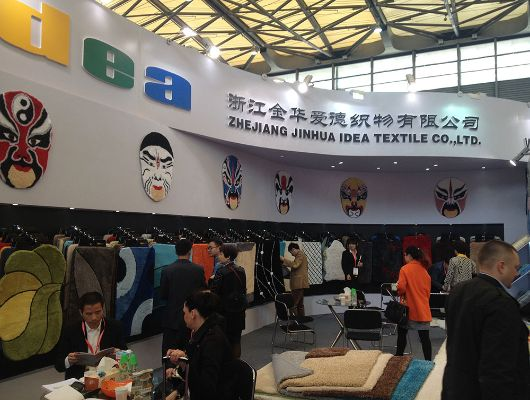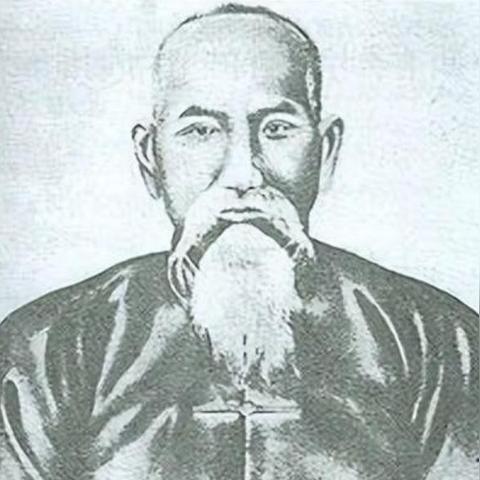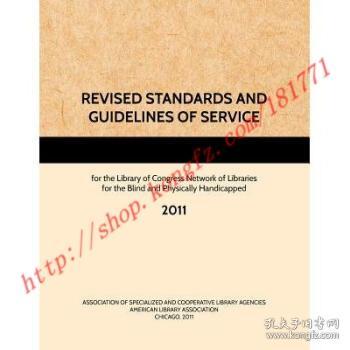The Essentials of Textile Product Quality Audits in E-Commerce
In the realm of e-commerce, textile product quality audits are paramount. These audits serve as a crucial tool to ensure that products offered online meet the highest standards of quality and safety. By conducting these audits, businesses can identify areas where their products may be lacking in terms of quality or safety, allowing for proactive measures to be taken to address these issues. The importance of such audits cannot be overstated, as they not only enhance the overall customer experience but also contribute to the reputation of the brand. Ultimately, through effective quality control measures, businesses can establish themselves as leaders in the industry, providing customers with peace of mind when purchasing their products online.
Introduction: In the fast-paced world of e-commerce, the importance of quality assurance cannot be overstated. For textile products, which are a vital component of many industries, ensuring their quality is paramount to customer satisfaction and brand reputation. This guide aims to provide an overview of the essential elements of textile product quality audits, including the key steps involved, best practices, and practical examples from successful e-commerce platforms.
Part 1: Basic Understanding of Textile Quality Textile quality refers to the physical and functional properties of textile materials such as fabrics, yarns, and knitted goods. It encompasses factors like durability, colorfastness, softness, and dimensional stability. In e-commerce, these qualities directly impact consumer perception and can influence whether a product is purchased or returned.
Part 2: Importance of Textile Quality Audits Quality assurance is critical for any e-commerce platform that sells textiles. It helps build trust with customers by demonstrating that the products being sold meet high standards of quality. Additionally, it ensures that consumers receive only the highest-quality products, thereby reducing the likelihood of returns and improving customer retention.
Part 3: Key Steps in Textile Quality Audits A comprehensive audit involves multiple stages to ensure thorough inspection of each textile product. Here's a checklist of the essential steps:

- Product Selection: Select representative samples of each type of textile product to be audited.
- Material Inspection: Examine the raw materials used in the production process to ensure they meet industry standards.
- Process Control: Review the manufacturing processes to identify any potential quality issues.
- Quality Testing: Conduct standardized tests to measure various properties of the textiles, including strength, tear resistance, and colorfastness.
- Packaging and Packaging Inspection: Ensure that the packaging meets safety and quality standards.
- Labeling and Documentation: Check labels for accuracy and completeness, as well as any documentation provided.
- Customer Reviews and Feedback: Analyze customer reviews and feedback to identify any common quality concerns.
- Post-Sale Service: Address any issues reported after purchase to maintain customer satisfaction.
Part 4: Best Practices for Textile Quality Audits Here are some best practices for conducting effective textile quality audits:
- Regular Training: Staff should receive regular training on quality control procedures and industry standards.
- Continuous Monitoring: Implement continuous monitoring systems to track quality trends and address any issues promptly.
- Third-party Verification: Use independent third-party testing to validate results and enhance credibility.
- Data Analysis: Utilize data analytics tools to identify patterns and trends in product performance.
- Communication with Manufacturers: Maintain open communication with manufacturers to share findings and work together on quality improvement initiatives.
Part 5: Practical Examples from Successful E-commerce Platforms Several e-commerce platforms have implemented robust textile quality audit processes. One example is Amazon, which uses a combination of manual inspections and automated testing to ensure the quality of its products. Amazon also employs a rigorous return policy that includes detailed descriptions of defects and provides options for repair or replacement.
Another example is Zara, a Spanish fashion retailer known for its high-quality and timely delivery of clothing. Zara's quality assurance system involves a close collaboration between suppliers, designers, and quality control personnel, ensuring that every garment meets the brand's strict standards.
Conclusion: Quality assurance is a crucial aspect of e-commerce success. By implementing a comprehensive textile quality audit process, businesses can build trust with customers, improve product performance, and ultimately drive growth. Remember, investing in quality assurance not only benefits the company but also enhances the overall shopping experience for customers.
随着电子商务的快速发展,纺织品电商市场日益繁荣,为了确保产品质量和消费者权益,纺织品电商质检工作显得尤为重要,本篇文章将详细介绍纺织品电商质检的内容,并结合案例进行说明。
纺织品电商质检内容概述
产品质量检测
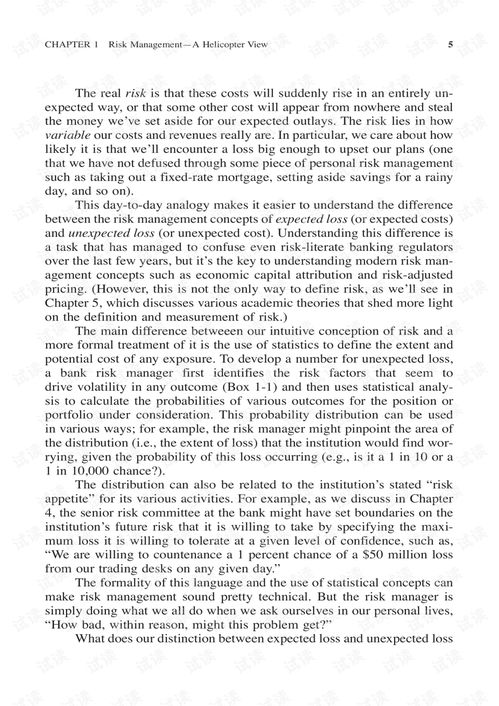
(1)面料质量检测:包括纤维含量、织造工艺、颜色、光泽度等指标。 (2)服装质量检测:包括尺寸、款式、面料与辅料匹配度、缝制工艺等。
安全性检测
(1)环保性检测:检查纺织品是否符合环保标准,如禁用化学物质、有害物质限量等。 (2)安全性测试:包括抗拉强度、耐磨性、抗紫外线性能等,确保产品符合相关安全标准。
功能性检测
(1)功能性指标:检查纺织品是否具备特定的功能,如抗菌、抗过敏、防静电等。 (2)用户体验检测:通过用户评价、反馈等方式,评估纺织品的使用体验。
案例分析
以某知名电商平台为例,详细说明纺织品电商质检内容。
产品质量检测案例
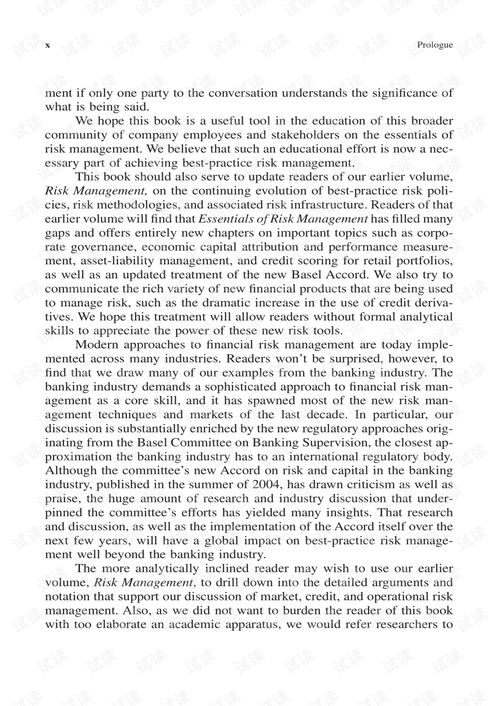
(1)面料检测:该电商平台对供应商提供的面料进行了全面的质量检测,包括纤维含量、织造工艺、颜色、光泽度等指标,通过专业的检测设备和严格的质量控制流程,确保了面料的品质和一致性。
(2)服装检测:在订单处理环节,电商平台对每件服装进行了严格的尺寸、款式、面料与辅料匹配度、缝制工艺等检测,确保每件上架的服装符合平台的质量标准,为消费者提供优质的产品。
安全性检测案例
(1)环保性检测:该电商平台对供应商提供的纺织品进行了环保性检测,确保产品符合环保标准,通过使用环保测试仪器和严格的生产流程,确保了产品的环保性能和安全性。
(2)安全性测试案例:电商平台对产品进行了抗拉强度、耐磨性、抗紫外线性能等测试,确保产品符合相关安全标准,还通过用户评价和反馈等方式,评估了产品的使用体验和安全性,电商平台还定期对供应商进行质量管理体系审核,确保产品质量和安全性的持续提高。
纺织品电商质检内容主要包括产品质量检测、安全性检测和功能性检测三个方面,在电商平台上,质检工作尤为重要,需要严格把控产品质量和安全性能,还需要结合案例进行说明,以便更好地理解和掌握纺织品电商质检的内容和方法,电商平台还需要不断优化质检流程和体系,提高产品质量和安全性,为消费者提供更好的产品和服务。
Articles related to the knowledge points of this article:
Hainans Textile Industry Boosts Promotion with Price Incentives
The Density of Textiles:A Technical Exploration
The Role of the National Textile Supervision and Testing Center
